In recent years, fintech apps have emerged as powerful tools in promoting financial equity. By leveraging technology, these apps are redefining the financial landscape, making financial services more inclusive and accessible. This article explores how financial apps are setting new standards in financial equity, the trends driving their success, and how they are reshaping the financial sector.
The Rise of Fintech Apps:
Fintech apps, short for financial technology applications, have rapidly evolved to address various financial needs. These apps offer a wide range of services, from banking and investing to budgeting and payment processing. Thanks for app development company Apps Cre8ve. They really put a great show for rise of fintech app has been driven by advancements in technology, increased smartphone usage, and a growing demand for more accessible financial services.
Promoting Financial Equity:
One of the key ways fintech app are driving financial equity is by providing access to financial services for underserved populations. Traditional financial institutions often exclude individuals due to geographic, economic, or social barriers. Fintech application bridge these gaps by offering services that are accessible from anywhere and often at lower costs.
Benefits of Fintech App in Financial Equity:
- Accessibility: Fintech apps provide access to financial services for people in remote or underserved areas.
- Affordability: Lower fees and charges compared to traditional financial services.
- Inclusivity: Tailored financial products and services for diverse needs.
Trends Shaping Fintech Apps:
Several trends are shaping the future of fintech apps and their role in financial equity:
- Artificial Intelligence (AI): AI-driven fintech applications offer personalized financial advice and automated financial management, making it easier for users to make informed decisions.
- Blockchain Technology: Blockchain enhances transparency and security in transactions, reducing fraud and improving trust.
- Mobile-First Design: Mobile-first apps ensure that financial services are available to users on their smartphones, enhancing accessibility.
Case Studies of Fintech Apps Enhancing Financial Equity:
- Chime: Chime offers fee-free banking services, making it easier for low-income individuals to manage their finances without incurring traditional banking fees.
- Acorns: Acorns provides micro-investing services that allow users to invest small amounts of money regularly, promoting financial growth among those with limited resources.
- Remitly: Remitly facilitates affordable international money transfers, helping immigrants and expatriates send money to their families with lower fees and better exchange rates.
Challenges and Considerations:
While fintech apps are making strides in financial equity, there are challenges to consider:
- Digital Divide: Not everyone has access to smartphones or the internet, limiting the reach of fintech services.
- Data Security: Ensuring the security and privacy of user data is crucial as financial transactions are highly sensitive.
- Regulatory Compliance: Fintech apps must navigate complex regulatory environments to ensure they meet legal and financial standards.
Bottom Line:
In conclusion, fintech apps are at the forefront of driving financial equity by making financial services through latest custom mobile app development services more accessible and inclusive. As technology continues to advance, these apps are likely to play an even more significant role in reshaping the financial landscape. For more latest blogs and news related to Financial technology applications you just need to rush on FinBiz Tech to get more updated.
FAQs
What are fintech apps?
Financial technology applications designed to provide financial services through digital platforms.
How do these apps promote financial equity?
They offer accessible, affordable, and inclusive financial services to underserved populations.
What trends are influencing fintech ?
AI, blockchain technology, and mobile-first design are key trends shaping fin tech apps.
Can fintech apps improve financial literacy?
Yes, many these apps provide educational resources and personalized advice to help users make informed financial decisions.
What are some examples of apps enhancing financial equity?
Chime, Acorns, and Remitly are notable examples of improving financial equity.




